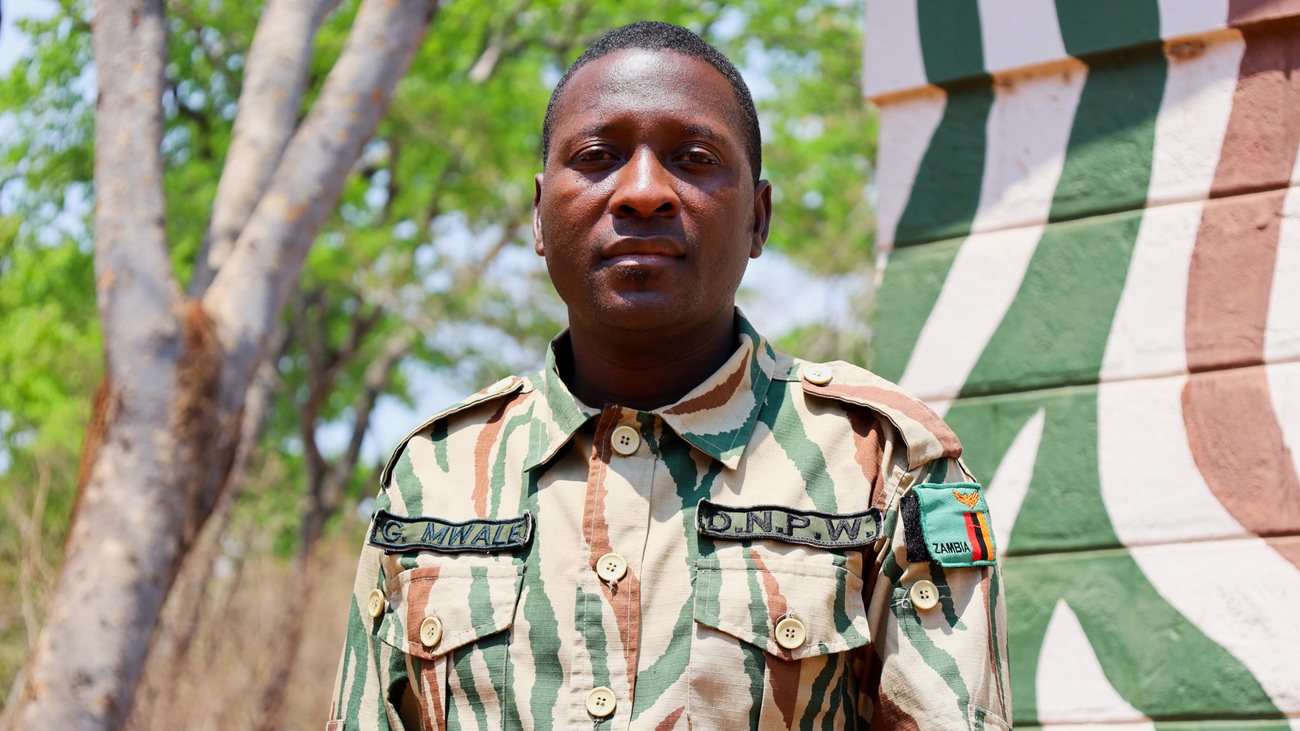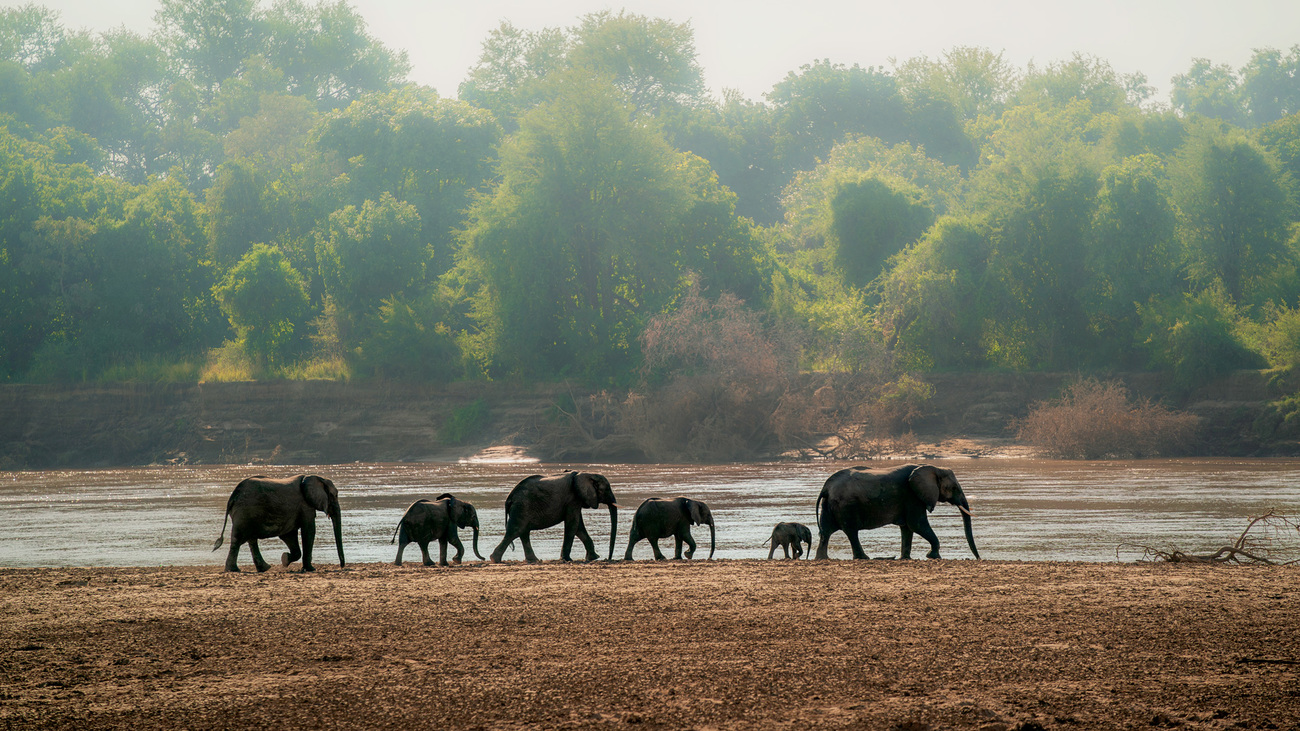Radio to the rescue: how an old-school tool is saving lives and preventing human-elephant conflict
Radio to the rescue: how an old-school tool is saving lives and preventing human-elephant conflict
By Zanji Valerie Sinkala, writer based in Lusaka, Zambia
In the remote reaches of Zambia’s Luangwa Valley, an old-school solution is making a life-saving comeback. With human-elephant conflict on the rise, simple radios—yes, radios—are helping keep both people and elephants alive.

The Kasungu–Lukusuzi–Luambe corridor, straddling Zambia and Malawi, is a critical elephant migration route. But elephants’ peaceful passage has become a struggle, as farms and homes expand into wild spaces and elephant populations bounce back from the brink of vanishing from the landscape. In addition to elephants destroying crops, in this area between 2022 and 2023, two people died as a result of human-elephant interactions, and seven were seriously injured.
Old technology brings a new solution
To keep people and elephants safe, IFAW and Zambia’s Department of National Parks and Wildlife (DNPW) turned to a powerful yet overlooked ally—radio.
In a region with scarce smartphones and internet access, community radio remains king. There are more than 70 community radio stations in Zambia—it’s the way most rural communities get their news. Of all households in Zambia, 87% own at least one radio, with 84% of these households being rural.
Taking advantage of radio’s ubiquity, special broadcasts on Chikaya FM, delivered in local languages, now air twice monthly alongside daily public service announcements. They teach villagers how to safely coexist with elephants—how to spot warning signs, use non-lethal deterrents such as firecrackers and chili blasters, and keep a safe distance from the animals.

According to Simbarashe Chiseva, Community Development Officer at IFAW, the impact has been significant.
‘These radio programs have made people more alert and informed,’ he says. ‘Before, communities would panic or try dangerous tactics like chasing elephants. Now they know how to avoid those situations. That shift is saving lives.’
And it’s working. Farmers are reporting elephant sightings to DNPW authorities instead of risking their lives. Violence against wildlife is decreasing, supporting efforts to protect this endangered species. Communities are more alert, more informed, and more united.
Helping people and animals thrive together
Charles Siame, IFAW’s Field and Community Coordinator, sees radio as vital in promoting coexistence. ‘Radio reaches places people can’t and delivers messages quickly to all age groups,’ he says. ‘It also creates direct interaction with those most affected by human-elephant conflict.’
Even in our high-tech world, this low-tech lifeline is helping prevent one of the biggest threats to elephants and eliminating fear among communities. As radios crackle to life across Malawi and Zambia’s elephant corridor, they’re doing more than broadcasting—they’re saving lives.
Related content
Our work can’t get done without you. Please give what you can to help animals thrive.